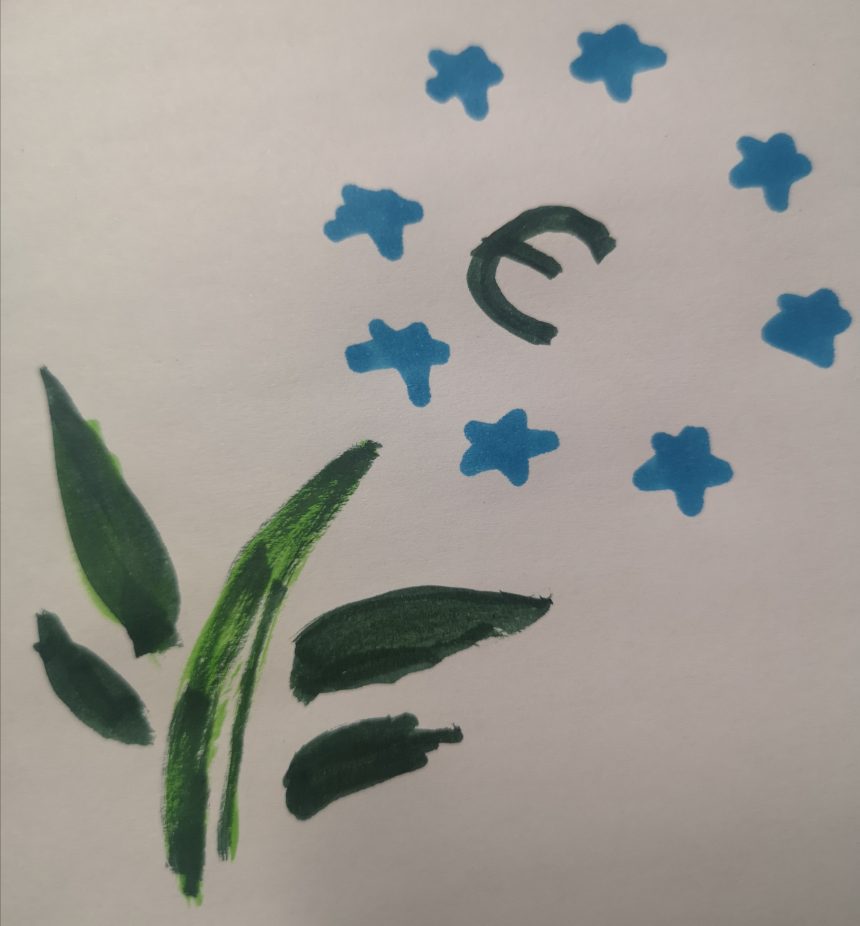U7-Sustainability in architecture
BASIC CONCEPTS
Tree pillars
The circular economy focuses on the resource cycle and is a model based on the reuse, repair, remanufacturing, and recycling of materials. The green economy improves human well-being and social equity, reduces environmental risks and is resource efficient.
4 Operational principles
how to act in a sustainable way?
The impact of human beings on natural systems must not exceed the carrying capacity of nature.
- Renewable resources = not exceed their rate of regeneration.
- Non-renewable resources = compensated by the production of renewable resources:
- The emission into the environment = not exceed the absorptive capacity.
Life Cycle Analysis
The LCA studies the environmental impact of a product from its production to its dismantling, there are various processes that make its use possible:
- the extraction of the raw materials necessary for its production,
- the manufacturing process,
- the transport,
- its implementation and use
- its end-of-life
This study assesses the amount of territory needed to generate and to absorb the waste that an activity needs and produces.

3R
- reduce
- reuse
- recycle
HEALTHY BUILDINGS
connection between human biology and the environment the buildings must allow:
- a correct evapotranspiration,
- an exchange with thermal radiation,
- with the natural light
- …..
Psycological Aspects
- the proportions of the spaces
- the relation among high width and length of room
- the chrome climate determined by the colour of the external and internal surfaces,
contribute to determine in the spaces a resting of excitation effect that facilitates the recovery of physical and intellectual energies.
SBS/SEE

- change of materials
- industrialization of technology
- anonymization
Sick Building Syndrome
Sick building syndrome is that set of symptoms that can degenerate into a state of chronic illness. SBS covers health conditions that affect between 20 and 30% of the people occupying a building.
CLIMATE-HUMAN BEING
The energy and health of human being largely depend on the direct effects of the environment in which he lives. The atmospheric conditions stimulate or depress the physical and mental work of the man. The human being is a thermal machine that transforms chemical energy into mechanical energy with great heat dispersion due to its metabolism.
The lower the effort of the organism to maintain its internal temperature the closer will be to the «comfort zone»
The main elements of the climate environment that influence human comfort are:
- The temperature of the air
- The radiation, thermal emission
- The movement of the air
- The relative humidity
There are environmental conditions that fundamental in the interaction of the building: Temperature (maximum and minimum).
- Sunshine.
- Prevailing winds.
- Rainfall.
- Snow.
- Relative humidity and vapor pressure.
SUSTAINABLE DESIGN
In addition to the environmental problems, the great industrial development has led to the loss of the skills and know-how accumulated over centuries.
Bio-architecture
Baubiologie: aims to minimize the negative impacts of constructions both on the occupants and on the environment.
People-centred, energy-efficient buildings with functional and flexible spaces, using safe and recyclable materials, respecting the territory and its identity
Bio-climatik architecture
bioclimatic: represents a working method which, directs the project to achieve sustainability and bio architecture objectives.
CONSTRUCTIVE SOLUTIONS The control of the microclimate in the different seasons can be obtained with active systems and therefore sustainable simple as:
- Hindering direct solar irradiation through windows.
- Adequate orientation of the building.
- Type of building favouring natural cross-ventilation.
- The use of clear finishes to promote maximum reflection
- Thermal inertia of the building.

MATERIALS
Traditional materials, experienced over the centuries in traditional architecture, guarantee conditions of greater wholesomeness and well-being compared to synthetic materials.
Let´s not be fooled
Biomorphism is often used as the most consistent project option with bio architecture. But not a bio form is guarantee of a bio essence. The use of «natural» materials as a decorative resource or for efficient installations that are neither dimensioned nor functional reveal a superficial approach to sustainability. «Recycled» has become a magic word for any architecture that wants to aspire to sustainability. However, recycling would be the last option within a group of more sustainable variants such as repair, rehabilitation, recovery, re-use…
